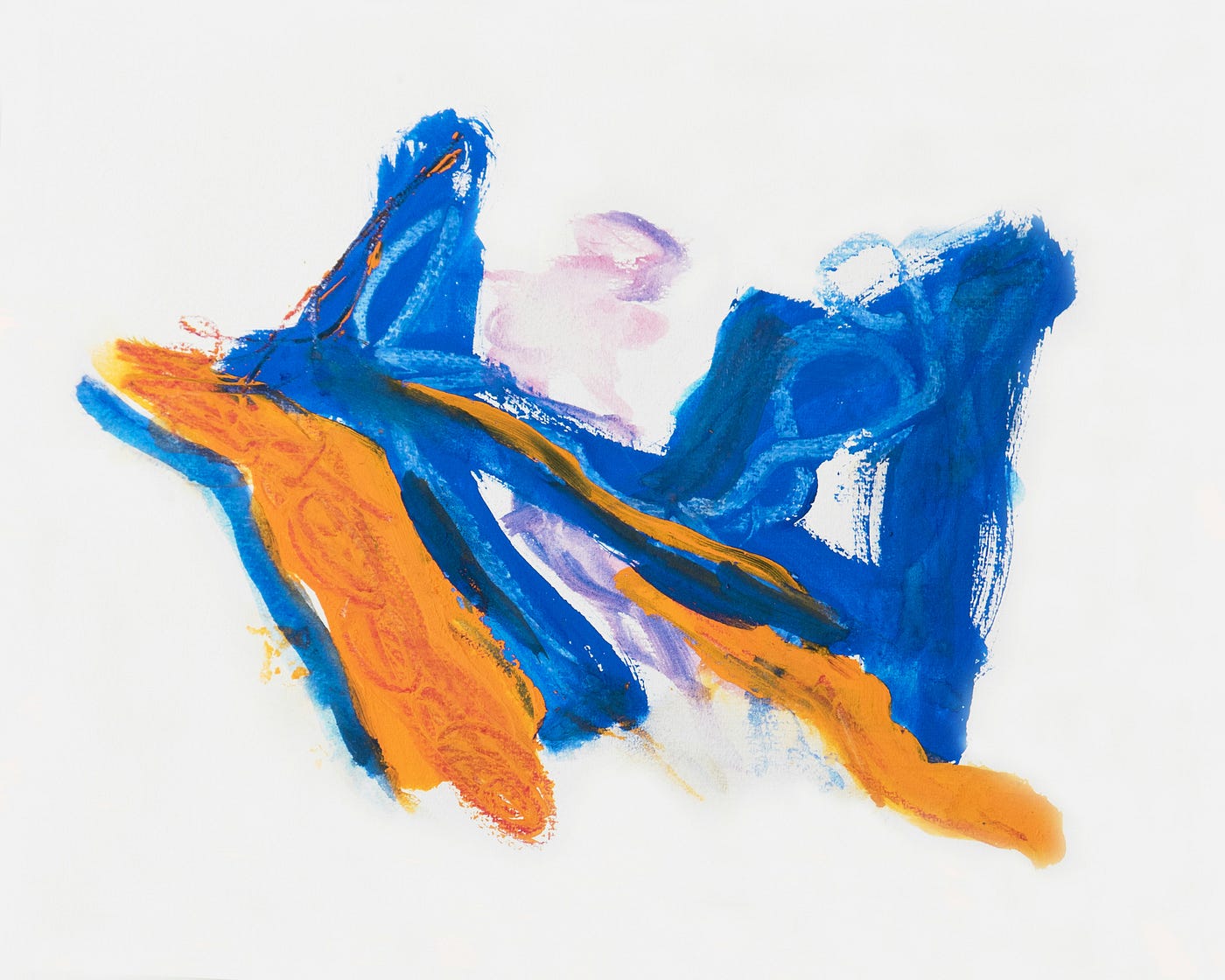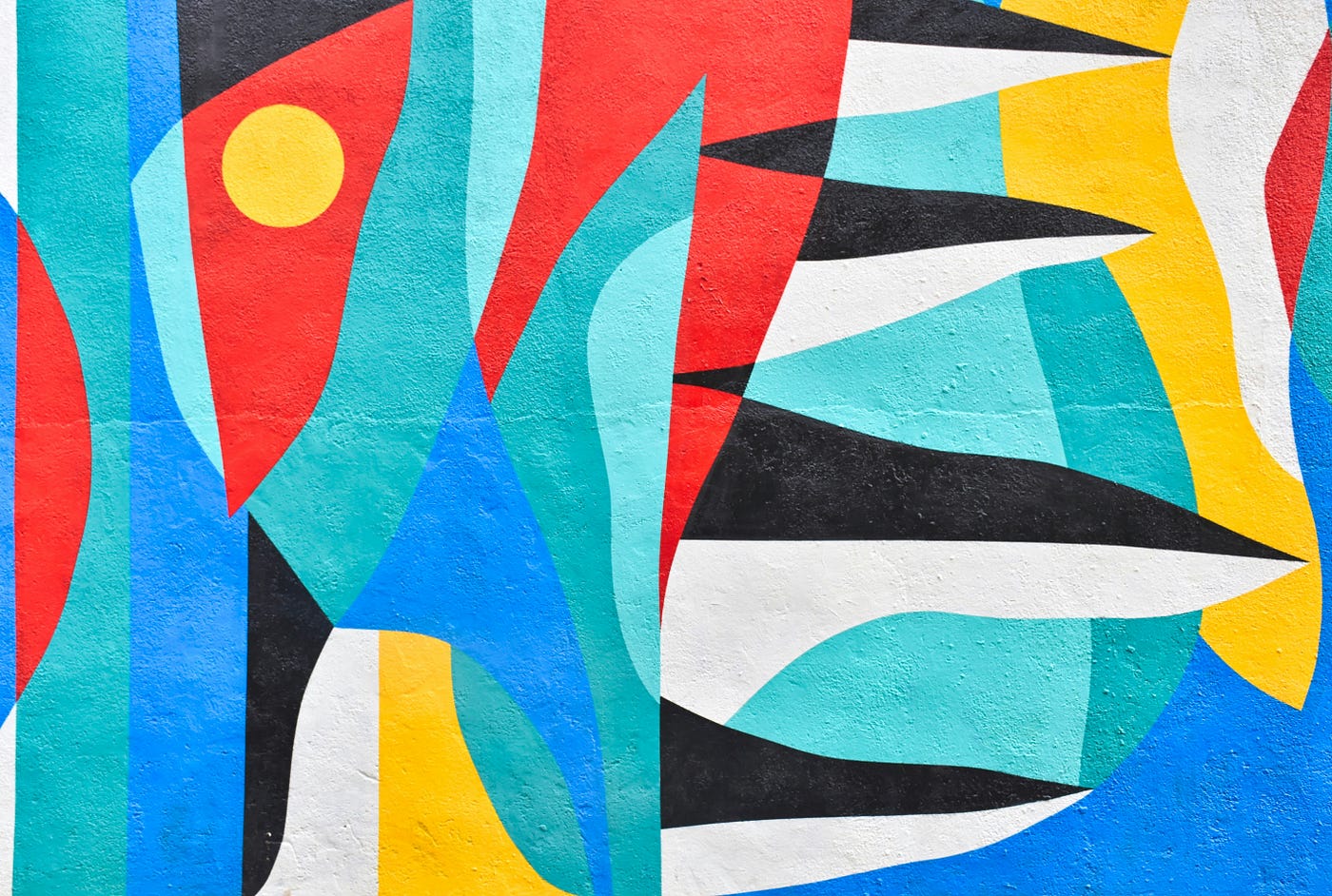How Deep Nostalgia animates memories

To create my digital afterlife or posthumous essence, I used the D-ID AI platform Deep Nostalgia, licensed by the genealogy site, My Heritage, and the AI conversational video platform with Eleven Labs AI synthetic voice software. The content framework was created with family snaps and Facebook images from my archive, staged studio self-portraits, and video stills. I authored the text which was fed into the synthetic voice software to create an AI version of my voice, which was used to narrate fifteen video sequences. Each sequence is created by a deep learning process with two main stages. First, it recognizes the face in a frontally posed photograph and second, it applies a video driver that animates the face.
Deep Nostalgia’s company website sets out to distinguish itself from deep fake applications, the manipulation software designed “to deceive or mislead viewers by using bad faith actors for personal appropriation,” and invites users to only upload photographs of their deceased ancestors, declaring that Deep Nostalgia brings “ancestors back to life.” The platform makes further claims for providing services that search for personal identity, historical provenance, and primary kinship, “experience your family as never before.” D-ID founder, Gilda Japhet claims that Deep Nostalgia provides “new ways to allow people to connect to their family history.” I uploaded a selection of still photos from my archive with me as the solo subject of the images. These unique and personal images, taken together, should represent a snapshot of my identity. Instead, the AI software created a set of uniform animated expressions. These expressions are based on a data source of prerecorded driver videos of twenty My Heritage employees.
Deep Nostalgia constitutes a new “indexical generated hybrid,” combining two different indexicalities -the historical photograph, which indexically registered the faces of those in the past in the pre-photographic scene, and the video which has indexically registered the facial expressions and movements of My Heritage employees. Therefore, technology diminishes individual differences, perhaps essence.
Deep Nostalgia and other AI tools show how algorithmic culture is being produced and how photo-based AI software is used as an existential medium. By watching our ancestors come technologically alive it gives the bereaved self-reference for their existence and a reflection of presence and limited existence. When life and death are mediated online, there is a digital visual desire to overcome death. Limit situation of human mortality. Part of a wider cultural phenomenon of big tech intervening and controlling temporality and infinite human existence.
If limit situation is the death boundary of existence, how is AI technology devised to represent and overcome death? Jaspers defended death as a “limit situation,” a consciousness of death that threatens life. Digital media has shaped the material and symbolic world we inhabit, creating a new digital limitation or digital limit situations. Photography-based AI software like Deep Nostalgia is an existential medium. Watching our ancestors technologically come back to life, provides a self-reference to our existence through relation and our limit situation.
Ginger Liu is the founder of Ginger Media & Entertainment, a Writer/Researcher in artificial intelligence and visual arts media — specifically Hollywood, death tech, digital afterlife, AI death and grief practices, AI photography, entertainment, security, and policy, and an author, writer, artist photographer, and filmmaker. Listen to the Podcast — The Digital Afterlife of Grief.
Ginger Liu is a writer who covers the latest developments in artificial intelligence, entertainment, and art.





